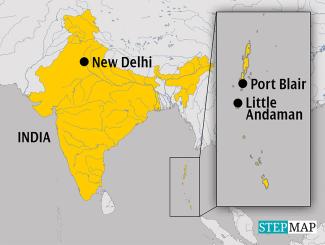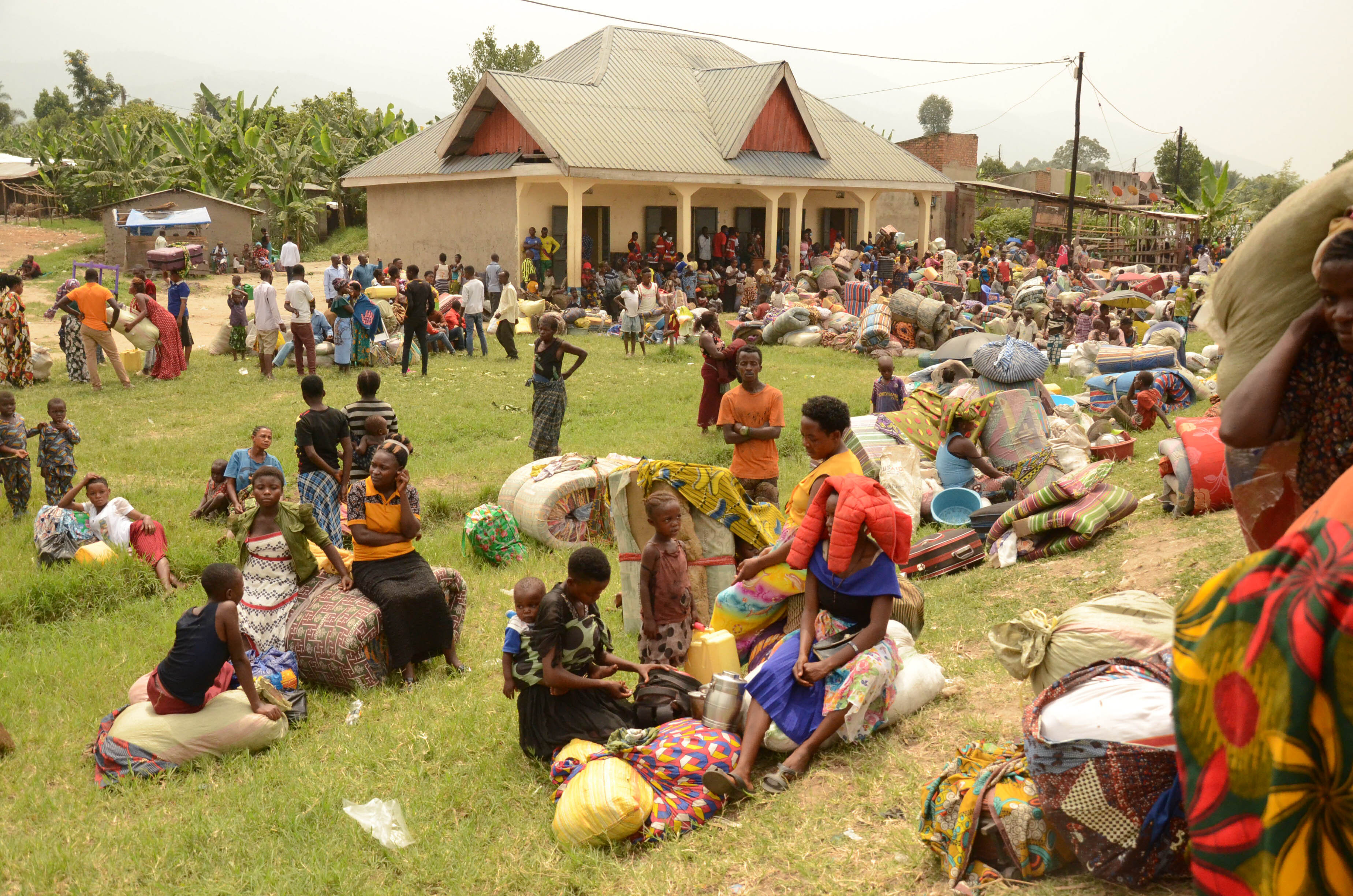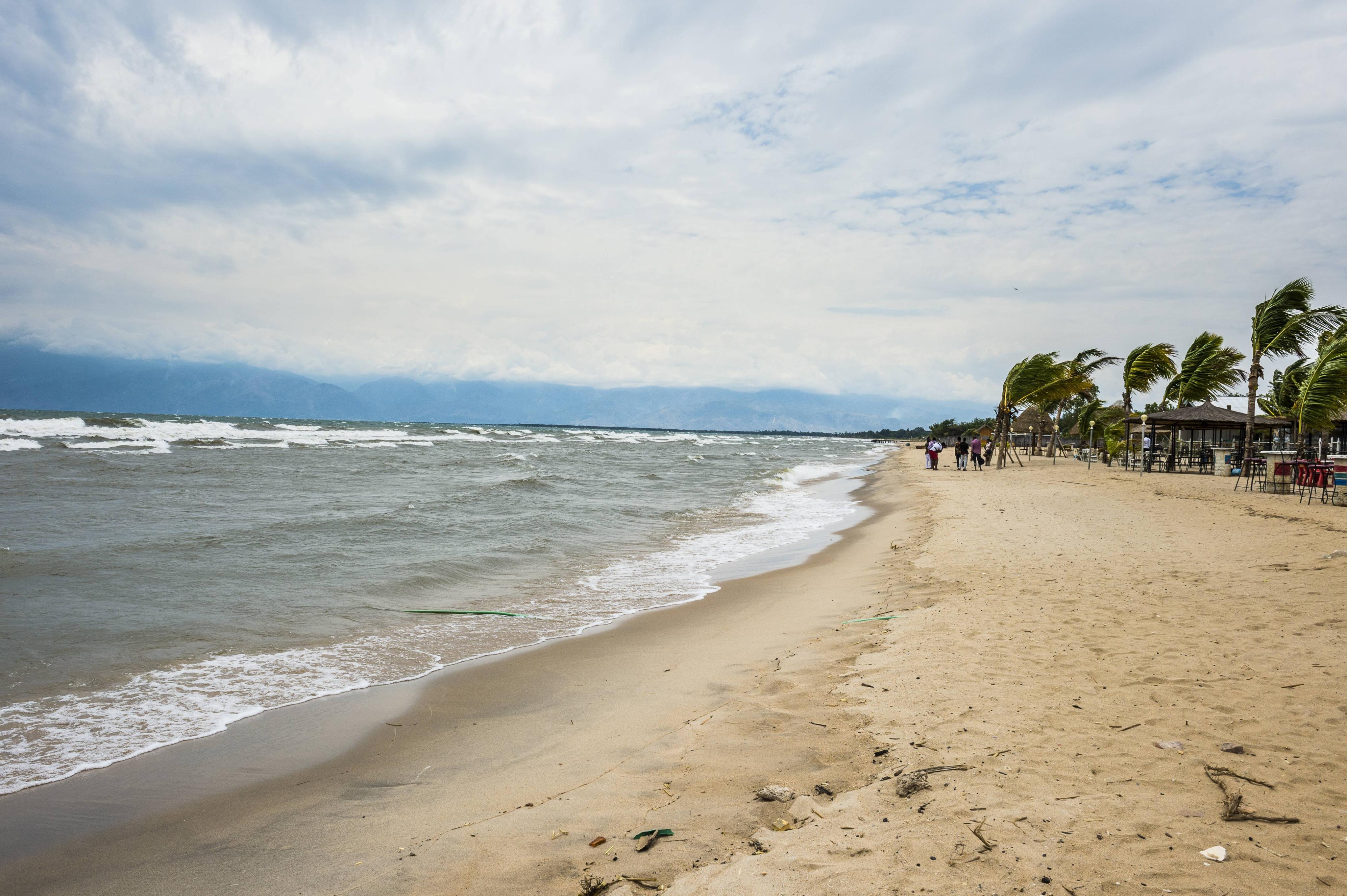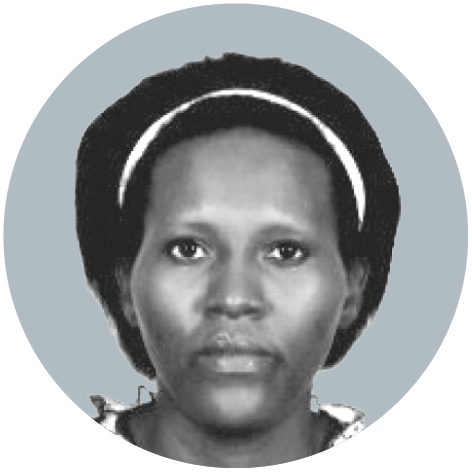Indian Ocean
Indigenous communities at risk

Under colonial rule in the 1920 and 1930s, mortality rates were high, and the languages of the Aka-Kols, the Oko-Juwoi and the Aka-Bea were wiped out. The British then tried to bring what are now called the “particularly vulnerable tribal groups” (PVTGs) into mainstream society, but that made things even worse. Various infectious diseases claimed thousands of lives.
The small-island ethnic groups never consisted of very many people. Today, not quite 400,000 people live in the Union Territory. In 1951, a mere 31,000 did, and that number of course included the inhabitants of Port Blair, the biggest town. The islands’ population grew mostly due to migration from India.
It is well understood that the archipelago’s remaining indigenous tribes are threatened by extinction. One of them, the Sentinelese, even refuse contact. Nonetheless, there have been repeated attempts to reach out to PVTGs since India became independent in 1947. India’s central government is in charge of the islands, which are formally a “union territory” and do not have a state government of their own.
Things sometimes went dreadfully wrong. In the late 1990s, the Jarawa tribe contracted two deadly outbreaks of measles. In the same period, sexually transmitted diseases endangered the largest aboriginal group, the Great Andamanese, to near extinction. According to the latest census, a mere 380 Jarawa were left in 2011 – and only 44 Great Andamanese. In May 2020, there was an outrage in the media when coronavirus began to spread among one of the PVTG communities. Government officials agreed there was reason to worry. The impact was not as bad as feared, however, and in recent months vaccination campaigns have immunised many members of the islands’ PVTGs.
Anup Dutta is an Indian journalist.
Twitter: @duttanup












